EIUL utilizing the power of S/4 HANA to reduce operational risk and enhance digital capabilities
By MYBRANDBOOK

Arindam Singha Roy
Head-IT - EIUL
Key Priorities of 2020
As organizations move beyond the immediate response to COVID-19 and reset business strategy, the pandemic is forcing many executive leaders to make decisions regarding employee and customer safety, business strategy and other critical issues at a pace and risk level they have never experienced before. The technology leaders have to decide how best to contribute in this hour. While we continually re-evaluated operations during the pandemic, now focusing on the more strategic priorities: making enterprises more resilient and better able to respond to uncertainties, capturing value from new digital opportunities and enabling digital business outcomes.
This year we are implementing S/4 HANA to take advantage of the potential benefits of reduced operational risk and enhanced digital capabilities.
Combining Breakthrough & Fusion approach
Even in global pandemic, to remain in business and employ people, organizations must generate revenue, reduce risk and costs. While these are not the only metrics that matter, at the core, it must generate revenue to remain in existence. Traditional business criteria needs to be considered when making decisions for the organization, even if those criteria do not have the same weight as they would under normal conditions. To deal with this, enterprises must revisit their core competencies. Determine what the core organizational competencies are, and decide how to leverage those to continue to generate revenue while also considering safety, continuity and resilience. Technology fusion is that it is both complementary and cooperative. Past strategic choices clearly shape existing organizational structures and processes, and these structures and processes may constrain future strategic options.
Achieving Digitalization
Ultimately, digital technologies will realize their full potential only if they are widely adopted as an industry norm. It is crucial to create a fertile environment for the digitalization of the E&C sector. The ongoing transformation of the onstruction industry will rely increasingly on BIM and the other digital tools. The potential is there – both for coordinating all the stakeholders of construction projects and for facilitating construction processes on-site. The use of big data and analytics: algorithms generate new insights from the huge data pools created both on construction projects and during the operations phase of existing assets. New methods of simulation and virtual reality help to identify interdependencies and clashes (clash detection) during the design and engineering stages, and enable a virtual experience of the building even in the early design phase. By exploiting mobile connectivity and augmented reality, companies can engage in real-time communication and provide workers with additional on-site information.
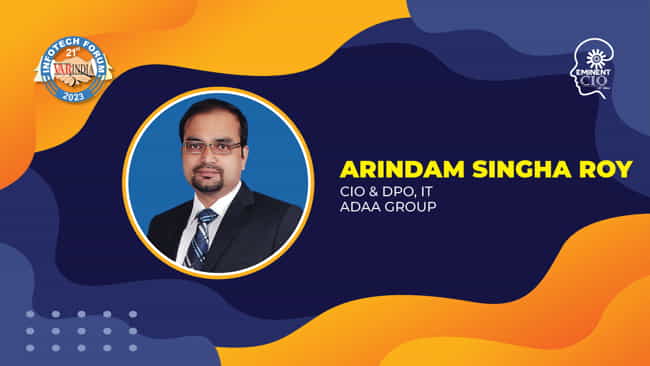


Legal Battle Over IT Act Intensifies Amid Musk’s India Plans
The outcome of the legal dispute between X Corp and the Indian government c...

Wipro inks 10-year deal with Phoenix Group's ReAssure UK worth
The agreement, executed through Wipro and its 100% subsidiary,...
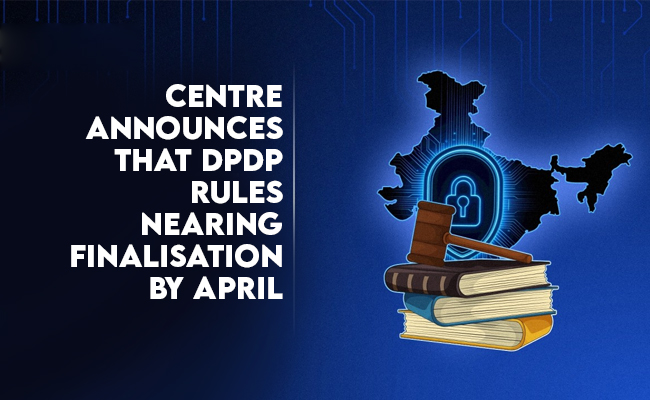
Centre announces that DPDP Rules nearing Finalisation by April
The government seeks to refine the rules for robust data protection, ensuri...

Home Ministry cracks down on PoS agents in digital arrest scam
Digital arrest scams are a growing cybercrime where victims are coerced or ...

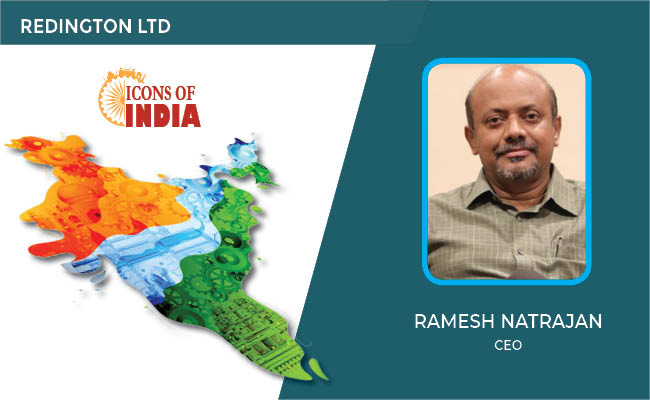
ICONS OF INDIA : RAMESH NATRAJAN
Ramesh Natarajan, CEO of Redington Limited, on overcoming ‘technolog...
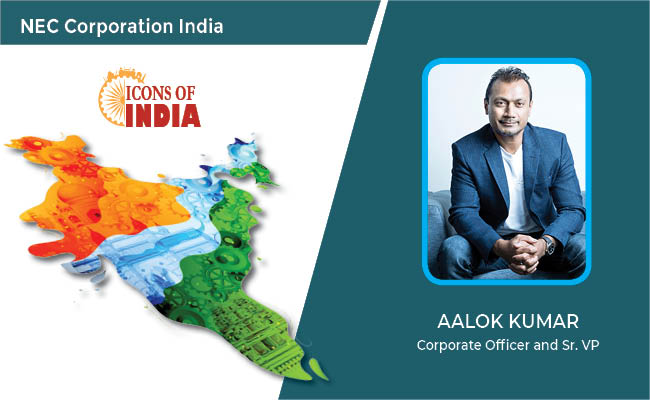
Icons Of India : AALOK KUMAR
Aalok Kumar is celebrated as a global leader and recipient of the Peop...

Icons Of India : RAJENDRA SINGH PAWAR
Rajendra Singh Pawar is the Executive Chairman and Co-Founder of NIIT ...


BSE - Bombay Stock Exchange
The Bombay Stock Exchange (BSE) is one of India’s largest and oldest...
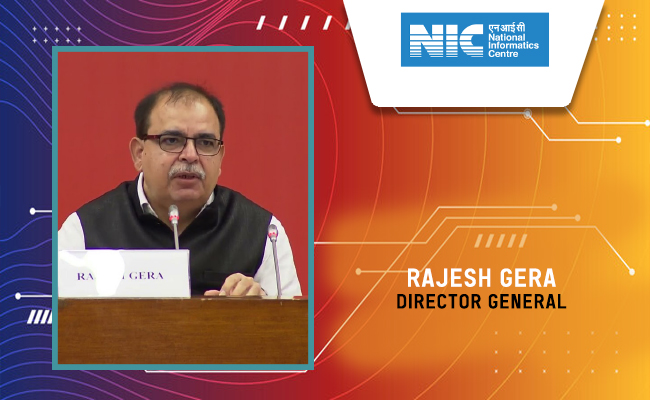
NIC - National Informatics Centre
NIC serves as the primary IT solutions provider for the government of ...

HPCL - Hindustan Petroleum Corporation Ltd.
HPCL is an integrated oil and gas company involved in refining, market...


Indian Tech Talent Excelling The Tech World - JAY CHAUDHRY, CEO – Zscaler
Jay Chaudhry, an Indian-American technology entrepreneur, is the CEO a...

Indian Tech Talent Excelling The Tech World - Sanjay Mehrotra, CEO- Micron Technology
Sanjay Mehrotra, the President and CEO of Micron Technology, is at the...

Indian Tech Talent Excelling The Tech World - ANJALI SUD, CEO – Tubi
Anjali Sud, the former CEO of Vimeo, now leads Tubi, Fox Corporation�...
 of images belongs to the respective copyright holders
of images belongs to the respective copyright holders